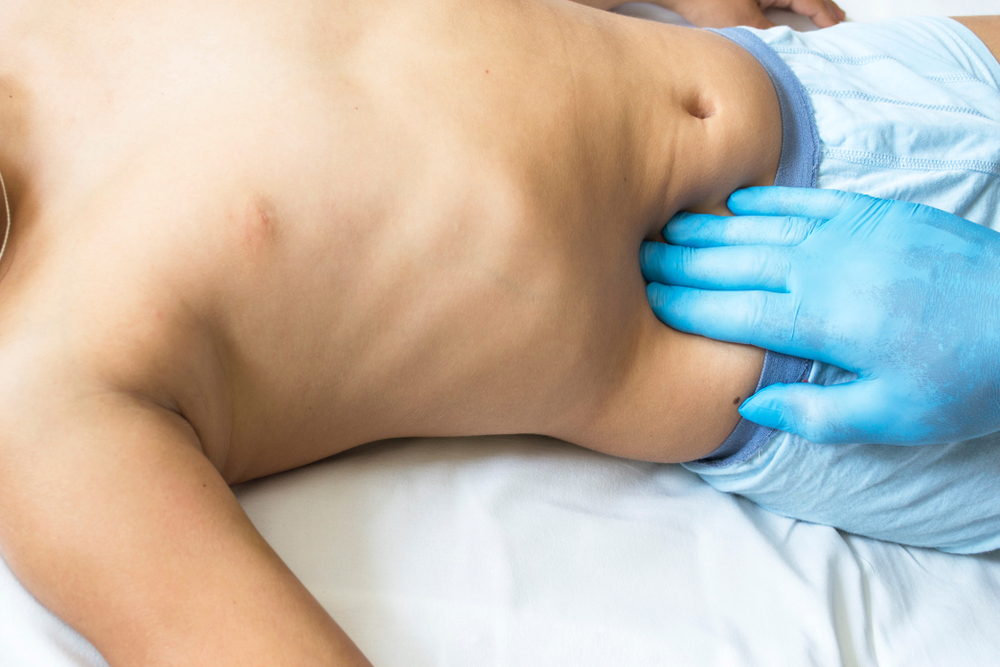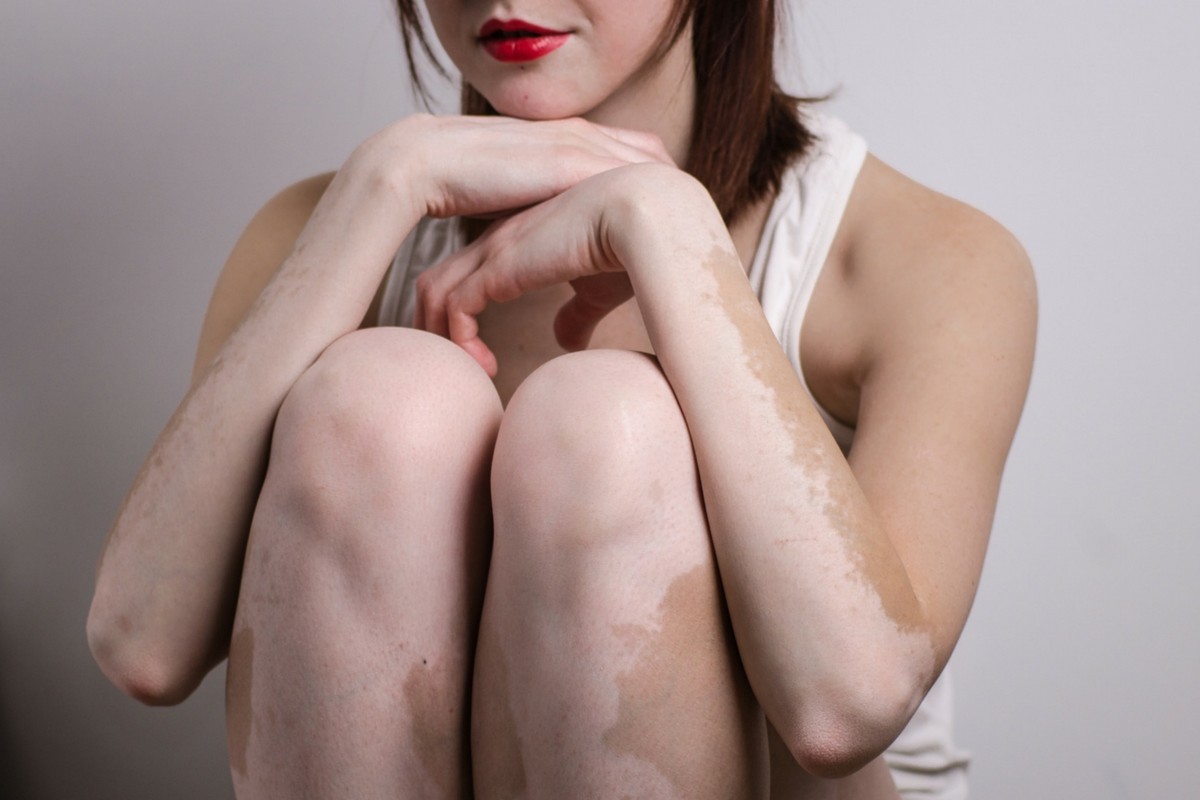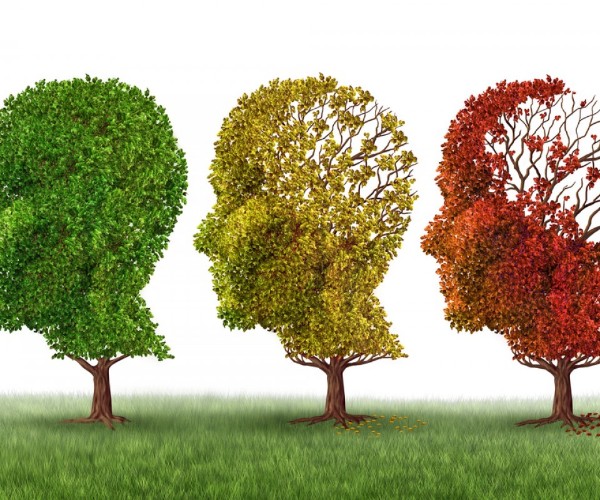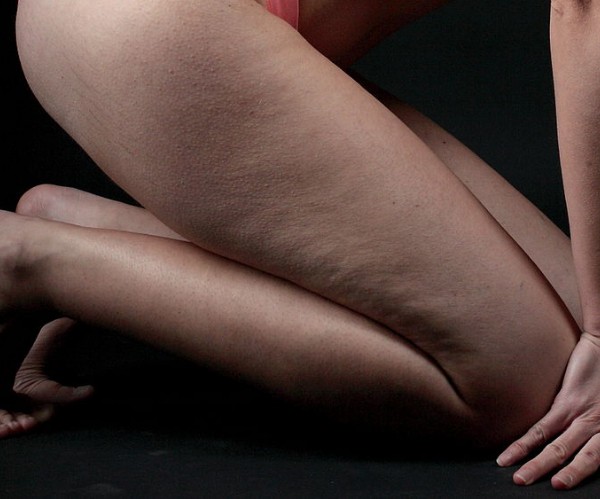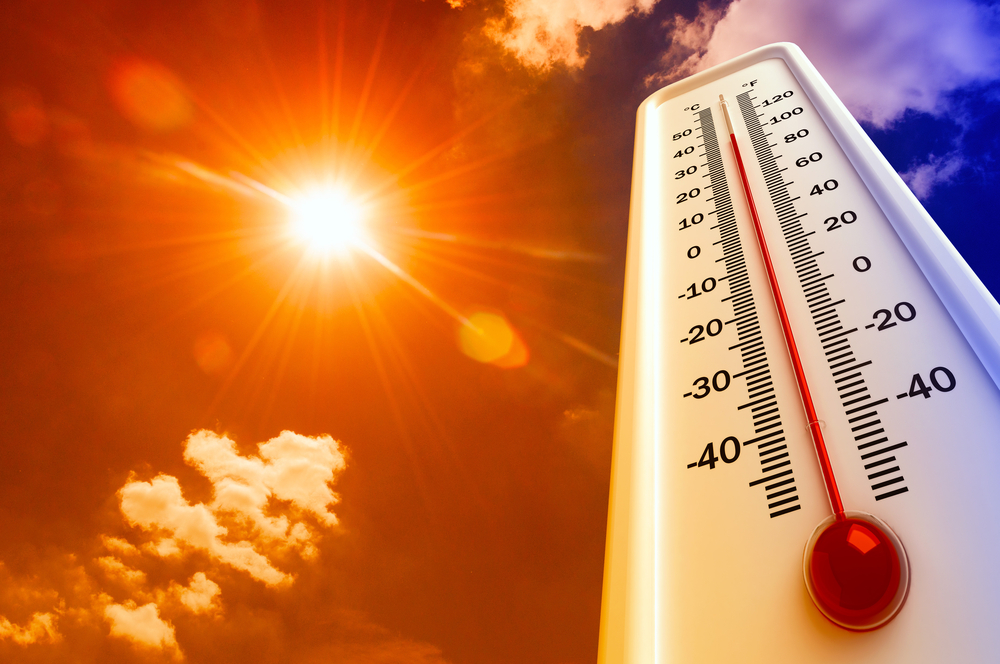The concepts so far can be related to the code of ethics as follows:
Article 1.5 reads:
The midwife, who is responsible for training and updating his or her professional profile, independently and collaboratively promotes and implements field research (Competence).
Article 2.1 reads:
The midwife provides care while respecting the dignity and freedom of the person by promoting his or her awareness according to ethical, religious, cultural values, as well as, social conditions in the exclusive safeguarding of the health of his or her caregivers (Autonomy/Caring).
Article 2.13 reads:
The midwife advocates for global health while respecting fundamental human rights and is committed to cooperation to address inequalities in access to care and promote reproductive and gender health, worldwide (Caring/ Advocacy).
Article 3.1 reads:
The midwife protects the dignity and promotes women’s health at all ages by identifying situations of fragility, distress, deprivation, and violence, providing appropriate support, and ensuring referral to the appropriate authorities, to the extent of her competence (Caring/Advocacy).
Article 3.5
With the consent of the person concerned, the midwife promotes pain containment techniques for the woman and in the newborn as far as she is competent through clinically and ethically appropriate choice (Caring/ Autonomy).
The midwife’s code of ethics has articles where a reference to the concept of advocacy can be traced, but there is no use of this term. In particular, we believe that concepts compatible with the application of advocacy can be discerned in Chapter 3 concerning relations with the assisted person and Chapter 5 concerning relations with health care institutions and the college.
Relationships with the assisted person
3.1 The midwife protects the dignity and promotes women’s health at all ages by identifying situations of fragility, distress, deprivation and violence, providing appropriate support and ensuring referral to the appropriate authorities, to the extent of her competence.
3.2 The midwife promotes and is committed to ensuring continuity of care by accompanying and caring for the woman, the couple, and the unborn child during pregnancy, labor, delivery, and the puerperium, in order to ensure the overall health of those cared for.
3.3 The midwife takes action to ensure scientifically validated care appropriate to levels of need. Engages in the protection and surveillance of the physiological processes of sexuality, fertility and reproductive health of women and couples.
3.8 The midwife is committed to promoting the person’s global and reproductive health by providing correct, appropriate and personalized information with respect to lifestyles.
3.9 The midwife in compliance with multidisciplinary health programs, integrates the activities of her/his competence with those of other professionals and strives to provide complete and correct information on prevention, care/ treatment, rehabilitation and palliation programs, using effective communication methodologies conducive to the processes of understanding the person.
Relationships with health care institutions and the college
5.1 In the practice of the profession, the midwife/ midwife contributes through her or his efforts to ensure the efficiency of the service and the proper use of resources in accordance with the ethical principles of solidarity and subsidiarity.
Relationship between advocacy and case/care management and informed consent
Given the characteristics of the midwife practicing advocacy as the “core” of the communication process between the person being cared for, the family, the physician and other health care professionals, it is evident that this application is within the model of “case management,” and its overcoming that is “care management.”
In fact, from the direct application of advocacy, there also derives the managerial role of the midwife/ midwife as the de facto manager of the communication process, intervening and coordinating all steps in the care process.
The health worker becomes the leader of the care process and actually manages the effective communication act.
The introduction of this organizational model professionally enriched this professional figure: who by posing as a problem solver used a higher level of motivation and professional responsibility.
The midwife in the case manager simultaneously fulfills various operational roles:
– clinician;
– managerial;
– financial.
The next step that represents an evolution, namely “care management,” poses
as a response to changes in the subjects of the health care system, with the primary purpose of meeting the bio-psychosocial needs of the person.
Care manegement is thus a person-centered program, no longer a case-centered one that requires the intervention of a professional who views the individual holistically.
This evolution, is indicative of a maturing capacity of the midwifery profession, and with this structural and organizational substrate, one of the most obvious elements of this awareness united with these changes is the advocacy function, a distinctive quality of the Care Manager application.
Through the shift from case management to care management, there has been a shift from considering professional qualities to considering personal qualities, resulting in the centralization of the human resource in the company’s competitive dynamic. Here then, notional knowledge has given way to practical and interactive know-how.
One of the most important tools of nursing care management is empowerment, which aims to foster in the person being cared for the acquisition of power through the adoption of the inescapable human right of autonomy, which is embodied in the empowerment of individuals and groups to actively control their own lives.
One of the tools, of the realization of this empowerment is the right to informed consent for the patient, which turns into a duty for the midwife/ midwife.
WHAT DOES INFORMED CONSENT MEAN?
Informed consent has two key concepts in it:
– Inform before consent;
– the main party should not be the proposer but the recipient.
Failure to observe these principles has resulted in numerous complaints against health care professionals by patients who feel they have been harmed not by the consequences of treatment errors, but by the erroneous and failure to inform them about the risks and consequences of treatment.
The consent provided by the patient, for the service to which he or she is to undergo, becomes the means by which the principle of self-determination, that is, the right of every human being to freely dispose of his or her own choices, is exercised.
The direct involvement of the patient is necessary, therefore, for the fulfillment of his or her right to knowledge of the clinical data concerning him or her, but also to make him or her an active participant during the course of his or her care plan.
Reflexively, breach of the duty to inform may be a source of professional liability in the legal sphere and more specifically in civil or criminal law.
The inherent requirements of valid consent are:
1. the quality of communication;
2. the understanding of information;
3. freedom of decision-making on the part of the assisted person;
4. decision-making ability.
Proposable information standards can be professional, average, subjective. The first (professional type) gives information that meets the criterion of technical correctness according to the state of medical knowledge, resulting in possible misunderstanding by the recipient of the information.
The average standard should be related to what a person might understand about the procedure that concerns him or her.
The subjective standard, in which the caregiver wants or can understand what he or she believes to be of greatest significance to him or her, resulting in a personalization of what was said to him or her.
Informed consent in the midwifery code.
The physician, is no longer the only professional called upon to deal with information and informed choices with respect to health interventions; with him, all other professionals, and not only social and health professionals, are called upon to place their intervention in a scenario of consensual decision-making, in which professionals and the assisted, in collaboration with each other, formulate diagnostic-therapeutic-assistance choices with respect to the various possible options.
Particularly in informing the caregiver, the midwife figure is involved. Carefully reviewing the articles of the midwifery code, particularly those concerning the
relationship with the person being cared for, resonate words such as: therapeutic alliance, conscious and understandable choice of the patient, use of communication methodologies characterized, by effectiveness, comprehensibility, multidisciplinarity, and completeness of information.
And again, they echo themes regarding women’s active participation, in programs
diagnostic and therapeutic, to the right to conscious and responsible procreation.
All these issues contribute to the definition of an overarching category inherent in informed consent, which is expressly referred to in Article 3.5 and 3.10:
– 3.5 – With the consent of the person concerned, the midwife promotes the techniques of containment
of pain in women and the newborn as far as it is within its competence through a
clinically and ethically appropriate choice.
– 3.10 – The midwife, outside emergency-urgency cases, before undertaking on the person any professional act, ensures adequate information in order to obtain informed consent, based on a true therapeutic alliance with the person. Clinical information should not, in fact, be understood as exclusively medical: in fact, clinical is a common field for many professions, for example, midwifery.
Thus, they are among the clinical information needed by the patient, at least as much as medical diagnosis, planning of diagnostic-therapeutic pathways in the obstetric-gynecological-neonatal area, and prescriptions for activities aimed at ensuring continuity of care (pregnancy, labor, delivery, puerperium).
Information about the diagnostic-therapeutic program should be timely and understandable to the patient.
Consent, should be expressed mainly in writing, with special attention to the need for summarization of informed consent in cases where, in the course of the implementation of the treatment plan, changes not previously considered become necessary.
In this regard, in the information phase prior to the health care intervention, one can make use of the following
Of tools such as pamphlets and brochures. The most widely used method is the construction of
written information sheets, which will then be supplemented by a follow-up interview to check the understanding by the assisted person and possibly offer him or her personalized explanations. After this stage, it is appropriate to allow the caregiver time for reflection, deepening, and research, which should also be shared with reference persons. Only after this period of time does the assisted person’s signature to express consent acquire
sense.
There are some individuals who are unable to express their consent:
– Subjects in a critical clinical condition (such as a soporific state/coma);
– Individuals with severe mental disabilities;
– Individuals with conditions such as Alzheimer’s disease.
These are conditions in which the patient is unable to participate in informed consent because he or she is incompetent on this side.
On the health care side, decision-making capacity is defined as that person who:
– Is able to understand the circumstances in which he or she finds himself or herself and the information useful for making a decision regarding treatment and care choices;
– Knows the foreseeable consequences of a given decision;
– Communicates its will in a consistent, clear and understandable way.
It is well established that while the assessment of the patient’s psychological competence is the responsibility of the physician, no assessment can be ascribed to him or her regarding the patient’s capacity to understand, a parameter of exclusive legal relevance.
Source: ” Mediserve‘s Intrapartum Care Models,” by Vittorio Artiola, Simona Novi, Salvatore Paribello, Ferdinando Pellegrino, Giuseppina Piacente, Andrea Vettori






